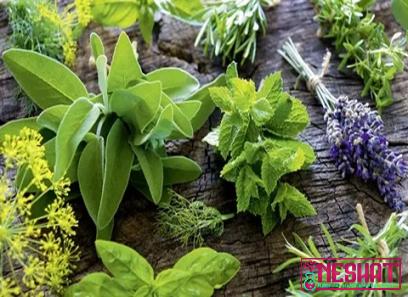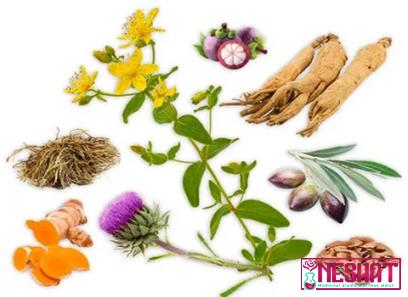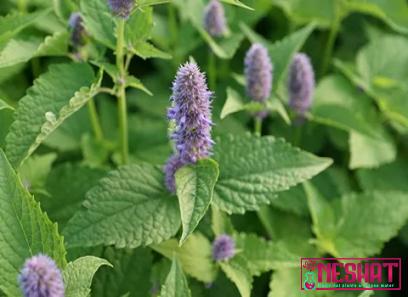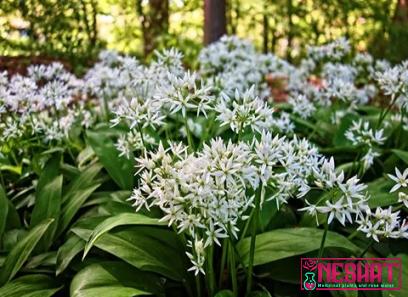These often overlooked botanicals hold a treasure trove of powerful compounds that have been used for centuries by indigenous cultures. In this article, we will delve into the uncharted world of uncommon medicinal plants and explore their potential in the world of natural medicine. 1. Understanding the Uncommon: Uncommon medicinal plants are those that are not widely known or commonly cultivated. They may come from remote regions, have specific growing conditions, or have unique properties that set them apart. These plants have been used by various indigenous cultures for their healing properties, and it is only in recent years that their true potential is being recognized.

.
 2. Broadening the Scope of Natural Medicine: By exploring uncommon medicinal plants, we broaden the scope of natural medicine. These plants offer a new range of therapeutic options that can complement existing treatments or serve as alternatives for those seeking non-pharmaceutical remedies. The diverse chemical composition of these plants can provide relief for a myriad of ailments, ranging from minor discomforts to chronic conditions. 3. Harnessing the Power of Traditional Knowledge: Indigenous cultures have a deep understanding of uncommon medicinal plants, having passed down knowledge from one generation to another. Their traditional wisdom recognizes the unique healing properties of these plants and provides insights into their preparation and usage. Collaboration between modern science and traditional knowledge can unlock the full potential of these plants, leading to innovative and effective natural remedies.
2. Broadening the Scope of Natural Medicine: By exploring uncommon medicinal plants, we broaden the scope of natural medicine. These plants offer a new range of therapeutic options that can complement existing treatments or serve as alternatives for those seeking non-pharmaceutical remedies. The diverse chemical composition of these plants can provide relief for a myriad of ailments, ranging from minor discomforts to chronic conditions. 3. Harnessing the Power of Traditional Knowledge: Indigenous cultures have a deep understanding of uncommon medicinal plants, having passed down knowledge from one generation to another. Their traditional wisdom recognizes the unique healing properties of these plants and provides insights into their preparation and usage. Collaboration between modern science and traditional knowledge can unlock the full potential of these plants, leading to innovative and effective natural remedies.
..
 4. Examples of Uncommon Medicinal Plants: a. Kratom (Mitragyna speciosa): Native to Southeast Asia, Kratom has gained popularity for its potential as a natural pain reliever and mood enhancer. It contains alkaloids that interact with the opioid receptors in the brain, offering relief from chronic pain and promoting relaxation. b. Kava (Piper methysticum): Indigenous to the South Pacific, Kava has long been used for its calming and anxiety-reducing effects. Its active compounds, called kavalactones, interact with the brain’s neurotransmitters, easing tension and promoting a sense of well-being. c. Guava (Psidium guajava): This tropical fruit is not only delicious but also holds medicinal properties. Guava leaves and roots have been traditionally used to treat diarrhea, dysentery, and gastrointestinal disorders due to their antibacterial and antispasmodic properties.
4. Examples of Uncommon Medicinal Plants: a. Kratom (Mitragyna speciosa): Native to Southeast Asia, Kratom has gained popularity for its potential as a natural pain reliever and mood enhancer. It contains alkaloids that interact with the opioid receptors in the brain, offering relief from chronic pain and promoting relaxation. b. Kava (Piper methysticum): Indigenous to the South Pacific, Kava has long been used for its calming and anxiety-reducing effects. Its active compounds, called kavalactones, interact with the brain’s neurotransmitters, easing tension and promoting a sense of well-being. c. Guava (Psidium guajava): This tropical fruit is not only delicious but also holds medicinal properties. Guava leaves and roots have been traditionally used to treat diarrhea, dysentery, and gastrointestinal disorders due to their antibacterial and antispasmodic properties.
…
 5. Navigating Challenges and Benefits: The exploration and cultivation of uncommon medicinal plants do come with challenges. Conservation efforts and responsible sourcing are essential to ensure the long-term availability of these plant species. Additionally, scientific research is imperative to validate their effectiveness and safety. However, the potential benefits of incorporating uncommon medicinal plants into natural medicine are vast. They offer alternative treatment options, reduce dependency on synthetic pharmaceuticals, and emphasize the importance of sustainable and holistic healthcare approaches. Conclusion: Uncommon medicinal plants hold the potential to revolutionize the field of natural medicine. By adopting an open-minded approach and embracing the knowledge passed down from traditional cultures, we can unlock the hidden benefits of these botanical treasures. Exploring these plants not only broadens our understanding of natural remedies but also highlights the necessity for conservation efforts and responsible sourcing. As we continue to delve into the world of uncommon medicinal plants, we may uncover new and effective solutions to the health challenges we face today.
5. Navigating Challenges and Benefits: The exploration and cultivation of uncommon medicinal plants do come with challenges. Conservation efforts and responsible sourcing are essential to ensure the long-term availability of these plant species. Additionally, scientific research is imperative to validate their effectiveness and safety. However, the potential benefits of incorporating uncommon medicinal plants into natural medicine are vast. They offer alternative treatment options, reduce dependency on synthetic pharmaceuticals, and emphasize the importance of sustainable and holistic healthcare approaches. Conclusion: Uncommon medicinal plants hold the potential to revolutionize the field of natural medicine. By adopting an open-minded approach and embracing the knowledge passed down from traditional cultures, we can unlock the hidden benefits of these botanical treasures. Exploring these plants not only broadens our understanding of natural remedies but also highlights the necessity for conservation efforts and responsible sourcing. As we continue to delve into the world of uncommon medicinal plants, we may uncover new and effective solutions to the health challenges we face today.










Your comment submitted.